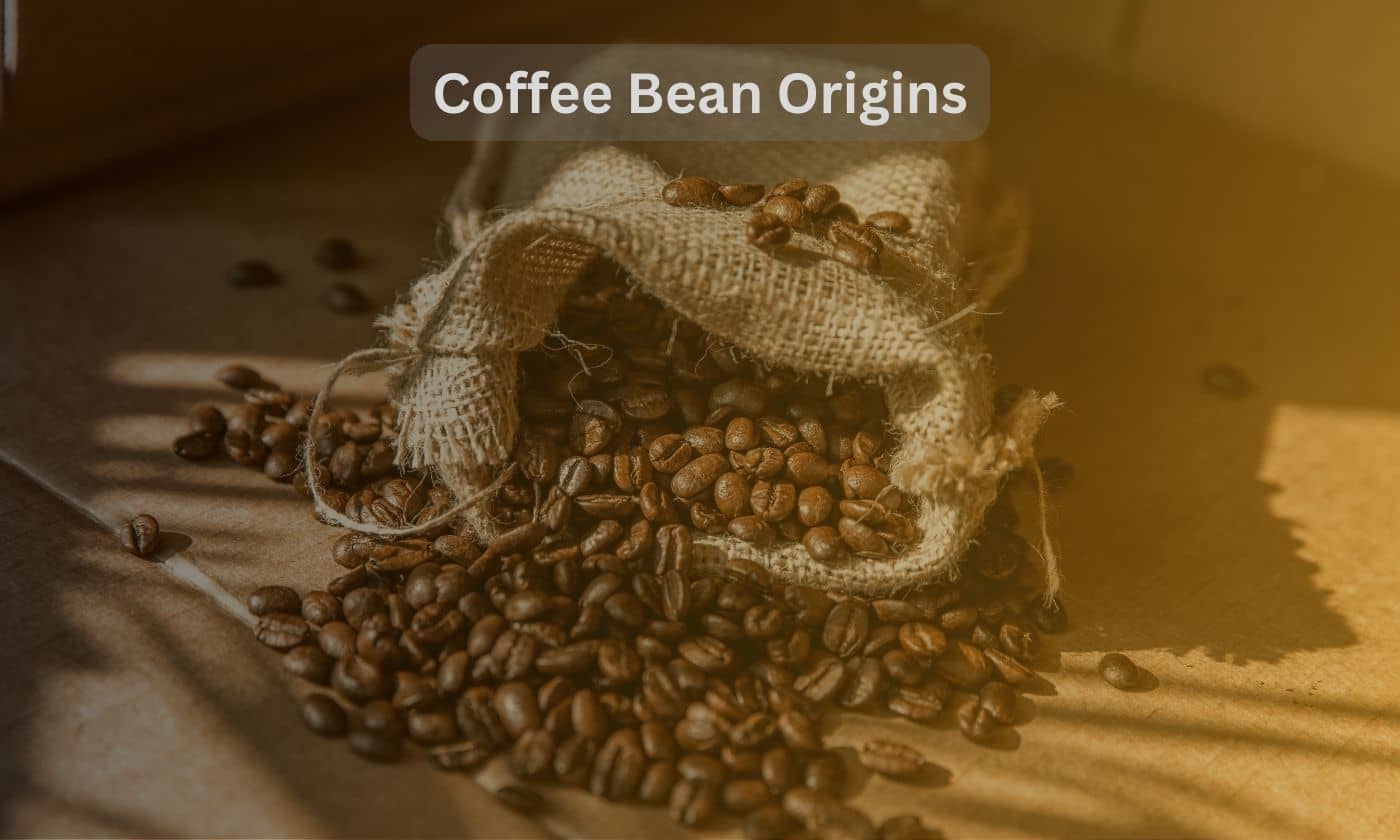Coffee, one of the world’s most beloved beverages, has a rich and storied past that traverses both time and continents.
Within every cup of coffee, a captivating narrative of its coffee bean origins unfolds, stretching from the verdant hills of Ethiopia to the expansive coffee plantations of South America, the misty highlands of Central America, the sweeping landscapes of Africa, and the enchanting regions of Asia.
Each distinct region lends its own exceptional flavors, enticing aromas, and distinctive qualities to the coffee beans cultivated within its borders.
In this article, we will embark on a journey to explore the captivating world of coffee bean origins.
We will delve into the birthplace of coffee, where it all began in the ancient coffee forests of Ethiopia, and how it spread across the globe, captivating the taste buds of coffee enthusiasts worldwide.
Table of Contents
The Birthplace of Coffee:
Coffee has its roots in Ethiopia, where local farmers discovered its stimulating properties.
From there, the knowledge and cultivation of coffee spread across the Arabian Peninsula and beyond, creating a global phenomenon.
Today, Ethiopia remains known as the birthplace of coffee, with its rich coffee heritage deeply ingrained in its culture and traditions.
Major Coffee-Producing Regions:
Explore the world of coffee through its major producing regions. From South America with its diverse flavors and characteristics, to Central America known for its volcanic soils and shade-grown practices.
Discover the rich flavors of African coffee beans influenced by altitude and processing methods. Journey to Asia and experience the unique taste profiles shaped by monsoon and traditional processing techniques.
Each region offers a distinct coffee experience, reflecting its geographical diversity and rich coffee heritage.
A. South America:
South America is a coffee powerhouse, with countries like Brazil, Colombia, and Peru leading the way. Brazil, the largest coffee producer globally, offers a wide range of flavors, from nutty and chocolatey to fruity and vibrant.
Colombia, famous for its high-quality Arabica beans, brings brightness, balanced acidity, and floral notes. Peru contributes unique flavors influenced by its high-altitude coffee farms and diverse microclimates.
B. Central America:
Central America boasts exceptional coffee from countries like Costa Rica, Guatemala, and Honduras.
These regions benefit from volcanic soils, high altitudes, and shade-grown practices, resulting in coffees with pronounced acidity, caramel sweetness, and delightful citrus and nutty undertones.
The unique geography and microclimates contribute to the distinct flavor profiles of Central American coffee beans.
C. Africa:
Africa, particularly Ethiopia, Kenya, and Tanzania, is known for its remarkable coffee beans. Ethiopian coffees offer a wide array of flavors, including fruity, floral, and wine-like notes, with bright and complex acidity.
Kenyan coffees are celebrated for their vibrant acidity, berry flavors, and rich body. Tanzanian coffees exhibit a velvety mouthfeel, chocolatey undertones, and a pleasant acidity that showcases the region’s unique terroir.
D. Asia:
Asian countries like Indonesia, Vietnam, and India contribute to the global coffee market. Indonesian coffees, such as Sumatran and Java, are renowned for their earthy flavors, full body, and low acidity.
Vietnamese coffee is often associated with its robust and intense profile, accompanied by notes of chocolate.
Indian coffees, particularly those from Karnataka, offer a balanced cup with moderate acidity, pleasant sweetness, and hints of spice.
Microclimates and Single-Origin Coffees
Within each coffee-growing region, microclimates play a crucial role in shaping the flavor profiles of coffee beans. These microclimates are influenced by factors such as altitude, temperature, rainfall, and soil composition.
As a result, coffee from specific regions or even individual farms can exhibit unique characteristics, giving rise to the concept of single-origin coffees.
These coffees allow coffee lovers to appreciate the distinct flavors associated with a particular region or farm, creating a deeper connection with the origins of their favorite brew.
Microclimates and Flavor Profiles:
- Altitude, temperature, rainfall, and soil composition
- Influence on coffee flavor profiles
Single-Origin Coffees:
- Appreciating distinct regional flavors
- Connecting with coffee origins
Fair Trade and Sustainable Coffee Farming
Fairtrade practices and sustainability are of utmost importance in the coffee industry. Fairtrade ensures that coffee farmers receive fair compensation for their hard work, providing them with better livelihoods and improving their communities.

Sustainable coffee farming focuses on environmentally friendly practices, such as organic cultivation, water conservation, and biodiversity preservation.
By supporting fair trade and sustainable coffee farming, consumers can contribute to a more equitable and environmentally conscious coffee industry.
Conclusion
The origins of coffee beans hold the key to the diverse and captivating flavors found in our cups. From Ethiopia to South America, Africa, and Asia, each region’s unique geography, climate, and cultivation methods leave an indelible mark on the beans.
By exploring the different coffee bean origins, we gain a deeper appreciation for the complexities of flavor and the efforts of farmers worldwide.
So, grab your favorite cup of coffee, take a sip, and let the fascinating origins of coffee beans transport you to different corners of the world, one delightful sip at a time.
As you embark on your exploration of coffee bean origins, we invite you to delve deeper into the world of coffee by checking out the Beginner’s Guide to Coffee Bean page on Coffee Bean Hours.
Whether you are a coffee enthusiast or just beginning your journey, this guide will provide you with valuable insights and knowledge about the wonderful world of coffee beans.
